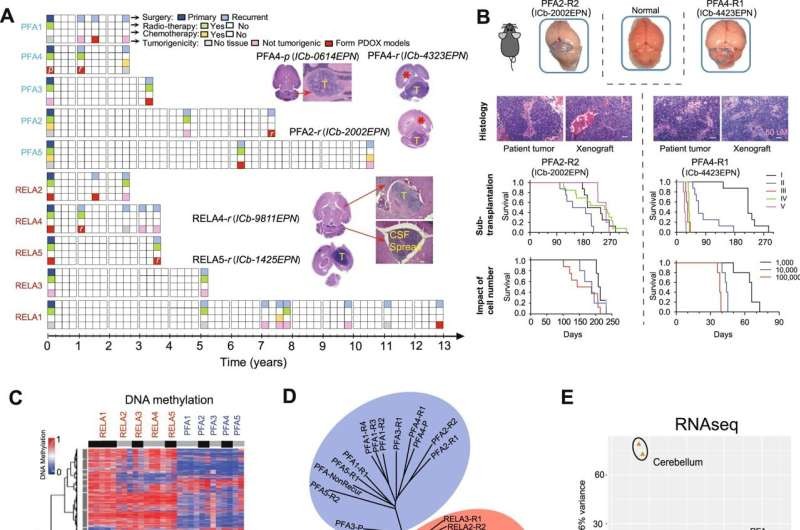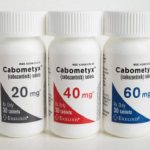
Contents
- 1 Can You Survive Ependymomas?
- 1.0.1 3 important factors to consider
- 1.0.2 What are ependymomas?
- 1.0.3 11 signs and symptoms of ependymomas
- 1.0.4 7 causes and risk factors of ependymoma
- 1.0.5 Classification of ependymomas
- 1.0.6 Treatment options for ependymoma
- 1.0.7 Long-term effects of ependymoma
- 1.0.8 Subscribe to MedicineNet’s Cancer Report Newsletter
Can You Survive Ependymomas?
Studies show that the average five-year survival rate for ependymoma is 83 to 84 percent.
- The survival rate is highest for individuals aged 20 to 44 years (91 percent).
- The rate decreases with age, with a survival rate of 58 percent for those aged 75 years and older.
Ependymomas can develop at any age but are uncommon in adults. Good outcomes occur when the tumor is completely removed.
3 important factors to consider
- Patient age:
- Infants and adults with tumors outside the spine have worse outcomes than children.
- Intense chemotherapy has positive outcomes for infants.
- Children younger than 19 years have a lower survival rate of about 72 percent.
- Tumor location: Infratentorial tumors have a poor prognosis, while spinal tumors have the best prognosis.
- The extent of surgical resection:
- Gross complete excision followed by targeted irradiation provides the highest probability of survival for grade II and III ependymomas.
- Incomplete excision of grade II or III ependymoma has the poorest prognosis.
- Patients with full resection and subsequent radiation have a 5-year survival rate of 60 to 85 percent and a 10-year survival rate of 50 to 70 percent.
- It is approximately 30 to 50 percent for incompletely resected ependymoma.
- Children who had inadequate tumor removal or indications of tumor spread have a worse survival percentage.
Ependymoma can recur after therapy, especially in children. Ongoing clinical trials are testing new treatments and investigating long-term effects of treatments.
What are ependymomas?
Ependymomas are tumors that can develop in children and adults but are more common in children. They are primary tumors that begin in the brain or spine, parts of the central nervous system (CNS).
- Ependymoma tumors account for about 10 percent of all CNS tumors in children.
- An ependymoma can be malignant or benign.
- They can arise anywhere in the brain or spine and have the potential to spread to the spinal cord via the cerebrospinal fluid.
11 signs and symptoms of ependymomas
The symptoms of ependymoma depend on the tumor’s location and may include:
- Nausea and vomiting
- Lethargy and irritability
- Headaches
- Clumsiness
- Difficulty with tasks like handwriting
- Gradual decline in school performance
- Changes in personality and behavior
- Altered way of walking
- Back pain
- Difficulty walking
- Problems with bowel and bladder control
7 causes and risk factors of ependymoma
The causes and risk factors for ependymoma are yet unclear but some possibilities include:
- Prior brain radiation therapy
- Neurofibromatosis type II (NF II)
- Chromosomal abnormalities linked to ependymoma development
- The location of the tumor
- Ependymomas are uncommon in adults
- Ependymomas are often diagnosed at the age of four
How is ependymoma diagnosed?
The diagnosis of ependymoma is usually done through various tests to eliminate other possible diseases or cancers. However, to confirm the diagnosis, doctors may recommend:
- Computed tomography scans
- Magnetic resonance imaging scans
- Lumbar puncture
Classification of ependymomas
Ependymomas are classified based on grade, histological features, and genetic traits.
Major types of ependymomas include:
- Subependymoma (grade I): A slow-growing ependymoma that usually appears around a ventricle.
- Myxopapillary ependymoma (grade I): A slow-growing ependymoma that starts in the spinal column.
- Ependymoma (grade II): The most frequent kind that develops inside or near the ventricular system. It is categorized into three subgroups based on histological features and genetic variation.
- Grade III ependymoma: Rapidly developing ependymoma with a greater risk of recurrence.
Ependymomas can also be classified based on their location in the brain.
- Supratentorial ependymoma is found in the cerebral hemispheres.
- Infratentorial ependymoma is found in the cerebellum or brainstem.
Treatment options for ependymoma
Treatment options for ependymoma depend on several factors, such as age, health, tumor characteristics, and disease stage.
Treatment options include:
- Neurosurgery: Surgery is the first step in treating ependymomas. The goal is to remove as much of the tumor as possible.
- Radiation therapy: High-energy waves are used to damage or shrink the tumor cells.
- Chemotherapy: Medications inhibit the growth of cancer cells and can be administered before surgery to reduce the tumor.
The specific treatment approach may vary depending on the tumor’s location and whether it recurs.
Long-term effects of ependymoma
Treatment for ependymoma may have long-term effects, including:
- Growth and hormonal changes
- Reduced fertility
- Behavioral changes
- Possible learning problems
- Difficulties with coordination
- Hearing and visual disturbances
- Risk of developing second cancer later in life
All children treated for ependymoma require long-term follow-ups to address any potential repercussions of treatment.
Subscribe to MedicineNet’s Cancer Report Newsletter
By clicking "Submit," I agree to the MedicineNet Terms and Conditions and Privacy Policy. I also agree to receive emails from MedicineNet and I understand that I may opt out of MedicineNet subscriptions at any time.


